Results
-
 £76.99
£76.99Hymn of Glory (Concert Band - Score and Parts) - Appermont, Bert
This melodic hymn begins with a lyrical melody, handled by various instrument groups. After a gradual build, a first climax is reached, in which the brass instruments give full vent to their glorious sound in jubilation. Now we hear a second theme, resounding in the euphoniums, which ushers in a moment of rest. Then the excitement gathers again, building to a great tutti. The main theme is taken up once more, sounding now as a kind of universal gratitude.Duration: 4:00
Estimated dispatch 7-14 working days
-
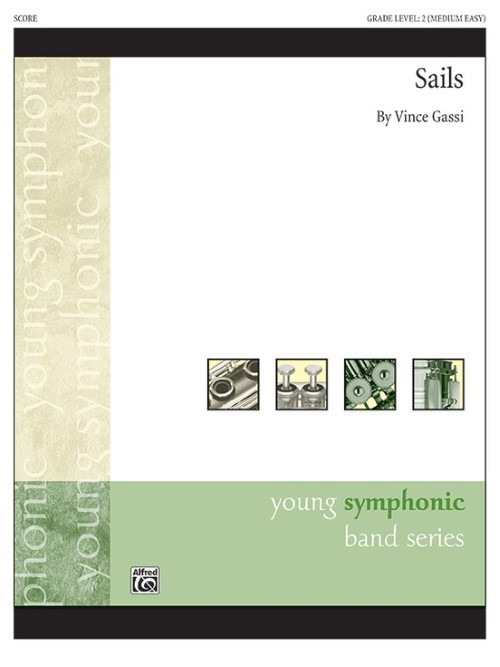 £53.95
£53.95Sails (Concert Band - Score and Parts) - Gassi, Vince
You'll feel the wind at your back as this bright march weighs anchor with a bold opening and sets sail with flutes and oboes stating the main theme. Sails unfurl and the rest of the fleet (ensemble) joins in. Counter-lines and flourishes are added. Eventually the seas calm during a passage through a slower lyrical section where the opening thematic material is developed. But wait, there is land in sight! A new key is stated, and all return safely to port.Duration: 3.00
Estimated dispatch 7-14 working days
-
 £48.95
£48.95Ramp It Up (Concert Band - Score and Parts) - Hodges, Steve
Just as the local skateboard park showcases the individual moves and tricks of the skateboarders, this exciting rock piece showcases each section of the young band. With a powerful percussion section and a strong bass line, a solid foundation will allow the rest of the band to show their moves on the melody and accompaniment parts.Duration: 1:45
Estimated dispatch 7-14 working days
-
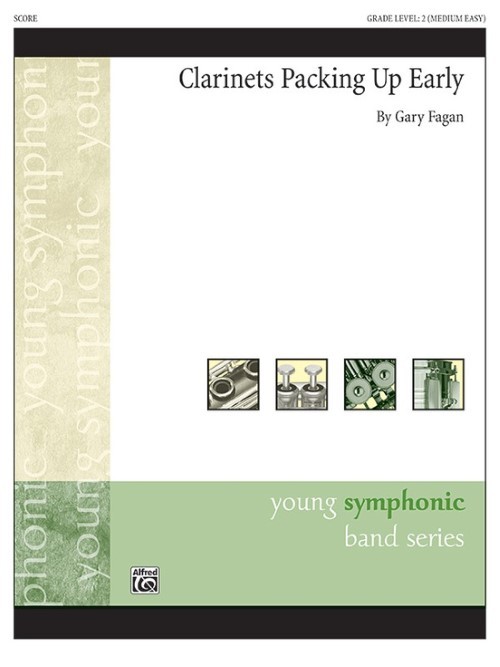 £58.50
£58.50Clarinets Packing Up Early (Clarinet Section feature with Concert Band - Score and Parts) - Fagon, Gary
This novelty piece in rondo form features the clarinet section removing one section of their instrument at a time. As the piece progresses, the instruments become smaller and smaller until the main theme they carry is totally absent from the accompaniment part played by the rest of the ensemble. The creative possibilities with this piece are limited only to the director's imagination!Duration: 2:15
Estimated dispatch 7-14 working days
-
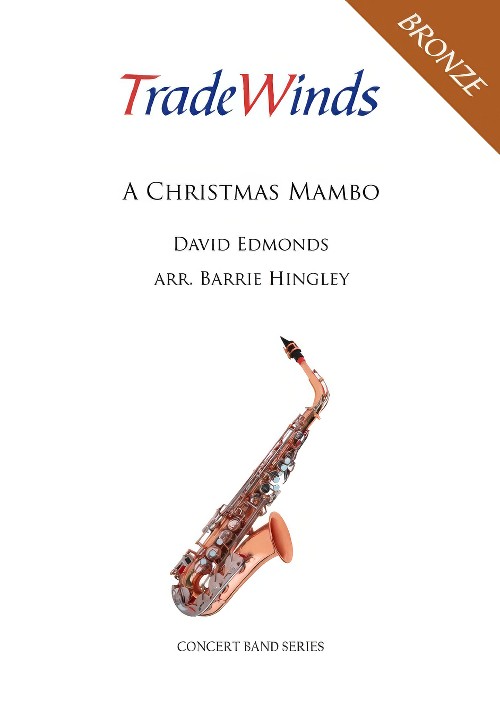 £29.95
£29.95A Christmas Mambo (Concert Band - Score and Parts) - Edmonds, David - Hingley, Barrie
A mambo-style arrangement of the popular Christmas carol 'God rest ye merry, gentlemen'. Featuring the percussion section, this fun number could be enhanced by some visual creativity!
Estimated dispatch 7-14 working days
-
 £5.95
£5.95A Christmas Mambo (Concert Band - Score Only) - Edmonds, David - Hingley, Barrie
A mambo-style arrangement of the popular Christmas carol 'God rest ye merry, gentlemen'. Featuring the percussion section, this fun number could be enhanced by some visual creativity!
Estimated dispatch 7-14 working days
-
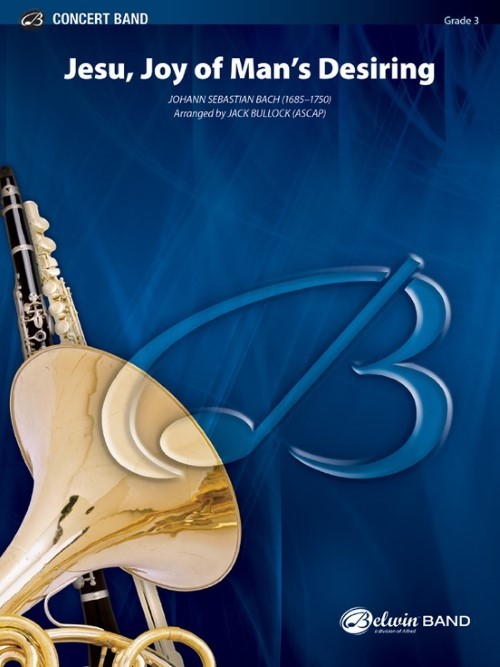 £62.95
£62.95Jesu, Joy of Man's Desiring (Clarinet Section Feature with Concert Band - Score and Parts) - Bach, Johann Sebastian - Bullock, Jack
This Bach masterpiece features the entire clarinet section performing the running melody that is so famous, with the rest of the band supporting with the chorale at measured spaces. The simplicity of the melody and the supporting chorale reveals the charm of this music, pure Bach. Enchanting.Duration: 3:15
Estimated dispatch 7-14 working days
-
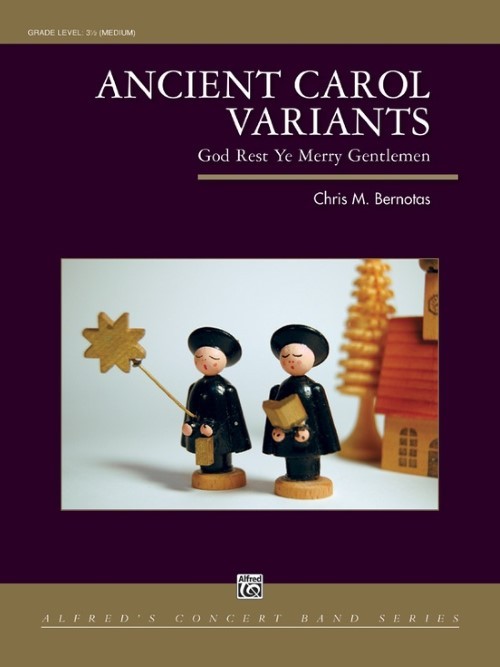 £87.50
£87.50Ancient Carol Variants (Concert Band - Score and Parts) - Bernotas, Chris M.
This delightful holiday arrangement is based on the well-known melody of God Rest Ye Merry Gentlemen. This fresh and exciting rendition of one of the most ancient of holiday carols will surely be a welcome addition to any holiday concert.Duration: 5:15
Estimated dispatch 7-14 working days
-
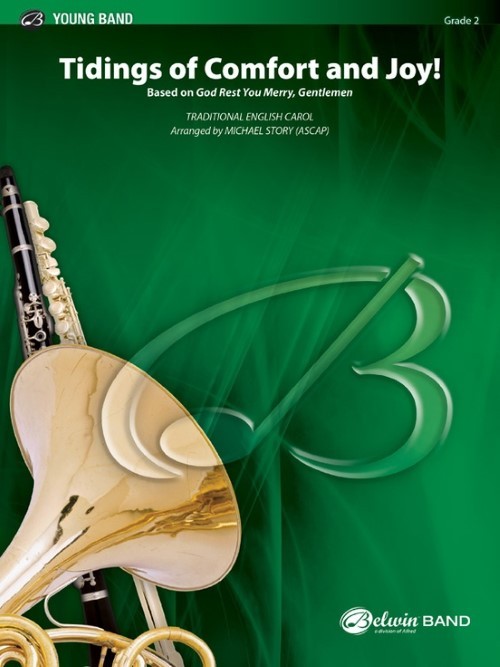 £55.50
£55.50Tidings of Comfort and Joy! (Concert Band - Score and Parts) - Story, Michael
Based on the popular English carol "God Rest You Merry, Gentlemen," this very musical holiday arrangement will reinforce legato technique and consistent ensemble phrasing while ushering in the joyous holiday season with musical glee. Opening with a clear unison statement and slowly adding textures and harmonic voices, the work develops to a joyous tutti statement that continues to build in intensity to a glorious conclusion.Duration: 2:45
Estimated dispatch 7-14 working days
-
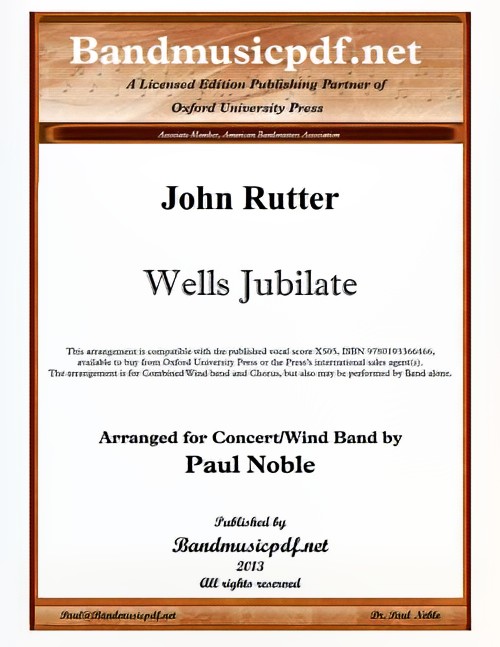 £75.00
£75.00Wells Jubilate (Concert Band with Optional Choir - Score and Parts) - Rutter, John - Noble, Paul
This rousing Jubilate was written in 2009 for Matthew Owens and the choirs of Wells Cathedral as a companion piece to the composer's Winchester Te Deum. With its strong melody and rich textures and harmonies, this work will prove immensely popular with all lovers of Rutter's music. The arrangement is written for combined Concert Band and Chorus, but may be performed by Concert Band alone. The choral part is included in the score, but is not included in the set. The arrangement is compatible with the published vocal score available seperately. Bands may enjoy performing this antiphonally, placing the brass apart from the rest of the ensemble.
Estimated dispatch 7-14 working days
